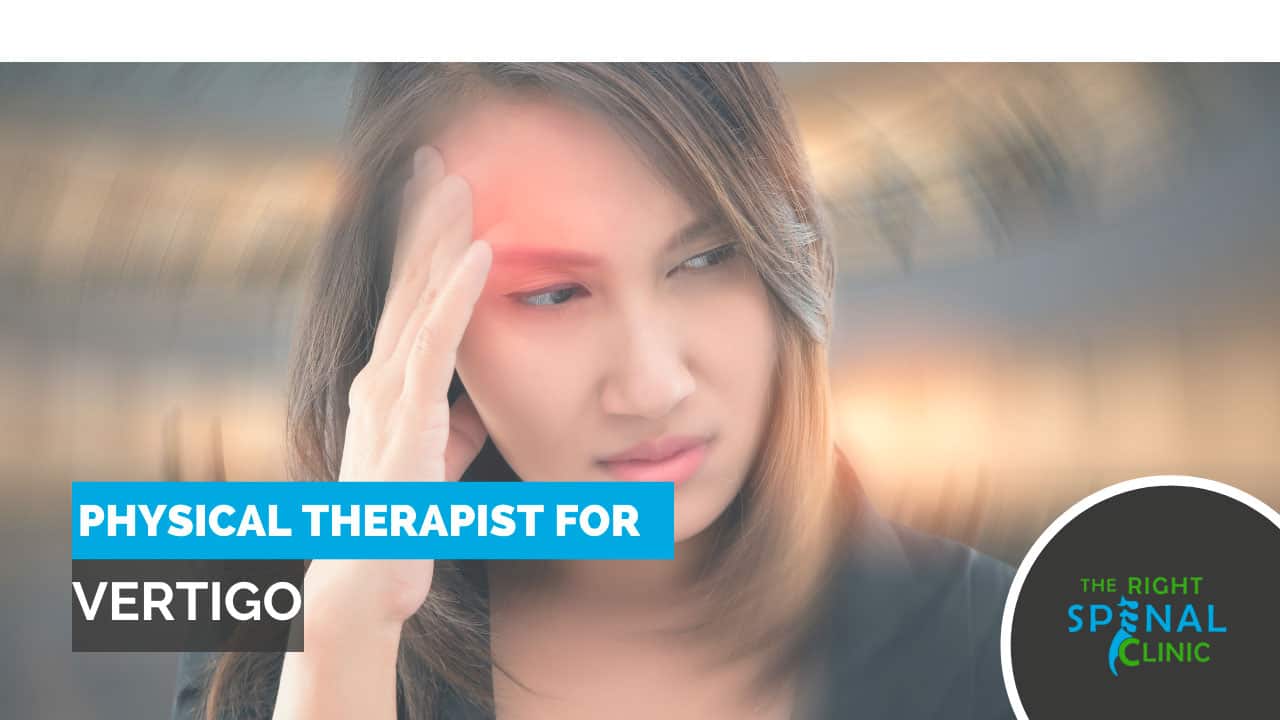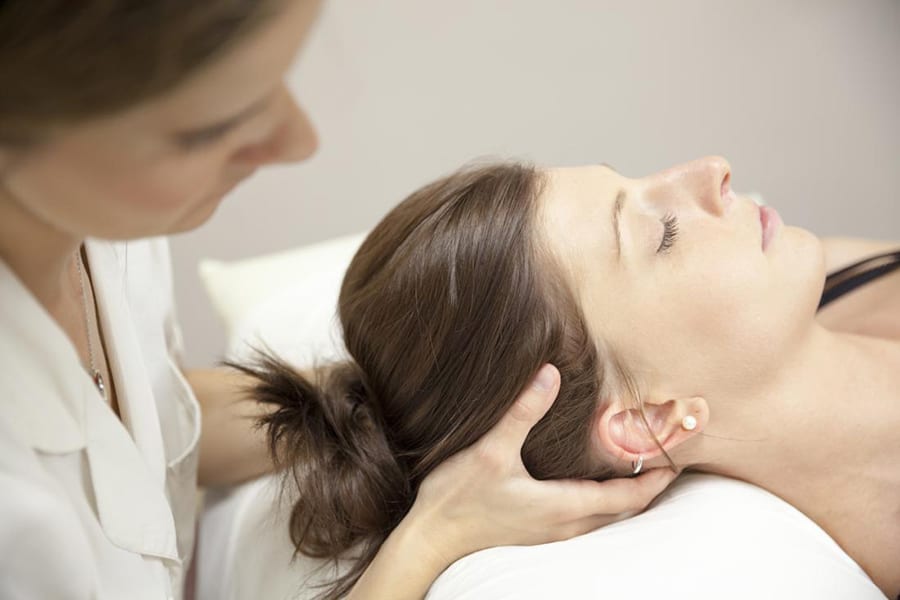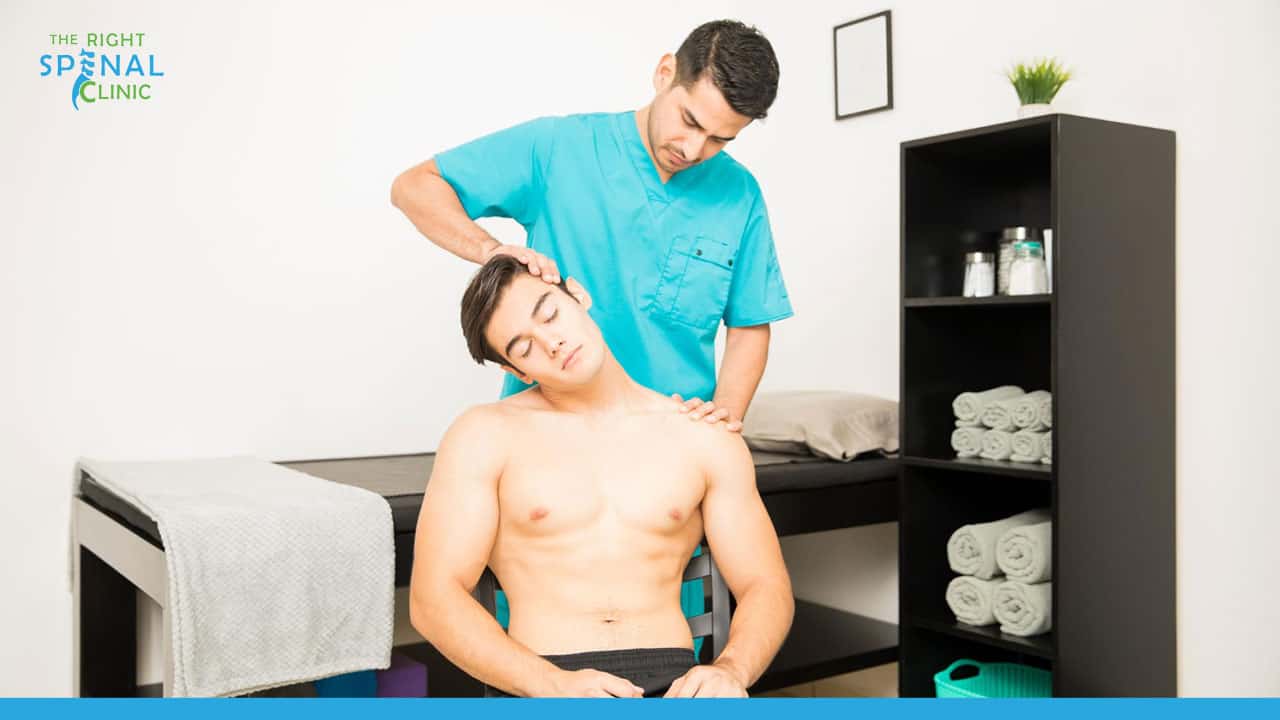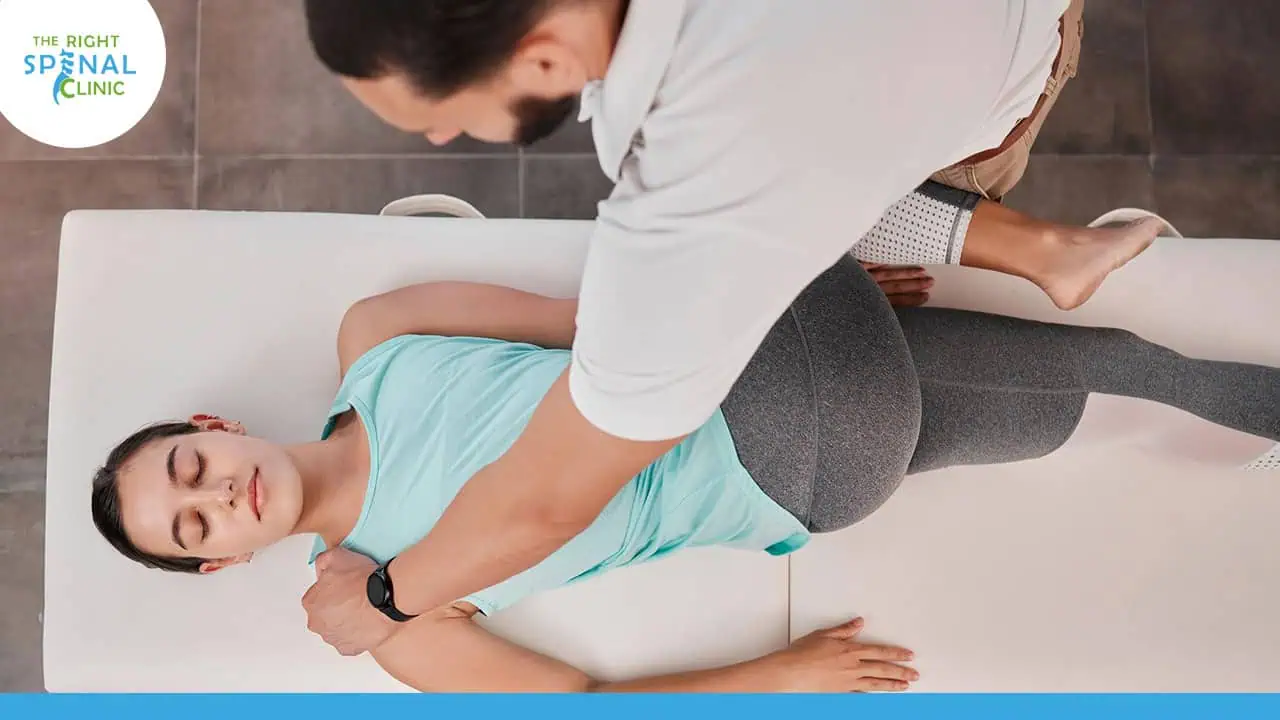
If you have vertigo, you may feel like you're spinning or the entire room is spinning around you. Most people with vertigo may also experience nausea and vomiting. This is because of motion sickness that usually occurs when you have vertigo.
While most people take medications or painkillers to help them manage their symptoms, you can also look for a more holistic approach. Today, many people undergo physical therapy programs in Tampa to help them manage their symptoms. Let's find out how physical therapy can help treat vertigo.
What Is Vertigo?
Vertigo is like a spinning sensation of feeling dizzy and off-balance. It is actually more of a symptom rather than a condition. In addition to intense dizziness and balance disorders, a person with vertigo may also experience:
- Nausea (double vision nausea)
- Vomiting
- Leg weakness difficulty
- Abnormal eye movements
- Sweating
- Ringing in one or both ears
The most common type of vertigo is called benign paroxysmal positional vertigo BPPV. If you are experiencing inner ear discomfort, you might have BPPV. This type of vertigo is an inner ear problem (could be an inner ear infection) that usually leads to episodes of dizziness or a spinning sensation.
What Are The Possible Causes of Vertigo?
Vertigo is most commonly caused by problems in the vestibular system. One of the key functions of the vestibular system is to maintain equilibrium and the center of gravity by sending signals to your brain. If this process is interrupted, it will block the signals from your brain and affect your movement.
Other possible causes of vertigo include:
- Vestibular neuritis
- Stroke
- Meniere's disease
- Migraines
How Is Vertigo Diagnosed?
Diagnosing vertigo is not that difficult. First, your physician or general practitioner (GP) will ask about your symptoms. When did you start experiencing these symptoms? How often do you experience them? He or she may also conduct some tests for a more accurate diagnosis.
Other Questions They May Ask You:
- More details of the first episode of your symptoms: What did you feel or experience? Were you lightheaded? Did you have spinning sensations?
- Other than dizziness, did you feel other symptoms like hearing loss, vomiting, nausea, or tinnitus?
- What triggers your symptoms? Do any particular movements make your symptoms worse?
- Do your symptoms affect your daily life? Are you unable to walk when your symptoms arise?
- What makes your symptoms better?
Physical Examination
Conducting a physical examination is also advisable to check for signs of conditions that may be causing your vertigo. The physical examination may include checking the inner ear and your eyes. They need to see if there's an ear infection or uncontrollable eye movement (nystagmus).
Other tests that can help with accurate diagnosis include audiometry test, tuning fork test, caloric testing, posturography, MRI, CT scan, and x-rays.

How Do Physical Therapists Treat Your Vertigo?
Physical therapy clinic has been proven to help people with vertigo. A certified physical therapist will create an individualized physical therapy program based on your specific condition and goals. The goal is to help patients manage their vertigo and improve their quality of life.
Physical therapy programs for vertigo usually include vestibular rehabilitation and exercises that can help patients manage their symptoms and recover in no time. Check out how these exercises can help people with vertigo:
Exercises to improve your balance
If you have benign paroxysmal positional vertigo, you may also experience vertigo dizziness which can get you off-balance most of the time.
For beginners, your physical therapist may include level 1 exercises for your routine, including Roberg exercises, standing sway exercises, and marching in place. Eventually, you will perform more challenging exercises, such as turning in place and doing head movements. Performing these exercises will help improve your symptoms within a few days.
Exercises to help the brain "correct" differences between your inner ears
Your physical therapy program will include exercises that can help the brain correct differences between your inner ears. These vestibular rehabilitation exercises can help reduce vertigo dizziness and improve balance, as well.
Another process that can help with benign paroxysmal positional vertigo is vestibular compensation. The objective here is to help the brain regain balance control and reduce vertigo dizziness. Correcting the "imbalances" will likely improve your symptoms and help you recover in no time.
Exercises to improve your ability to focus your eyes and vision
Another focus of physical therapy for vertigo is to improve your ability to focus your eyes and vision. This includes your peripheral vision or tunnel vision. A physical therapist will also recommend some exercises that can help improve your problems with peripheral and tunnel vision.
These exercises include palming, blinking, pencil push-ups, near and far focus, figure eight, 20-20-20 rule, brock string, and barrel card.
Exercises to increase tolerance to visually stimulating environments
Intolerance to visually stimulating environments is one of the most common complaints of people with vertigo. Your physical therapy program can help increase your tolerance to visually stimulating environments.
Some of the exercises that can help improve visual stimuli include habituation exercise, gaze stabilization, and balance training exercises.
Exercises to improve your strength, flexibility, and heart health.
In addition to helping you manage your vertigo symptoms, your physical therapy program will also focus on improving your vestibular system, overall strength, flexibility, and heart health. Keep in mind that the main goal of physical therapy is not just to treat the symptoms but to help improve the quality of life.

Factors That Can Affect Recovery
Like any other treatment plan, there are factors that can affect recovery. First, you need to consider the type of vestibular disorder you are dealing with and the severity of its condition. For instance, those who have vestibular neuritis or labyrinthitis tend to experience better results than those with other types of vertigo.
However, if patients have multiple sclerosis (MS) or other health conditions, the recovery process can take much longer.
Final Words
Physical therapy can be the best treatment option for vertigo. It aims to help patients manage their symptoms and improve their overall quality of life. Another advantage of physical therapy is that it does not require any medications or surgery.
If you are looking for a trusted physical therapist in Tampa, check out The Right Spinal Clinic! The Right Spinal Clinic also provides primary healthcare in Tampa. Our team of physical therapists in Tampa collaborates with experienced physicians to create a treatment plan for your specific condition and needs.
Recent Posts











